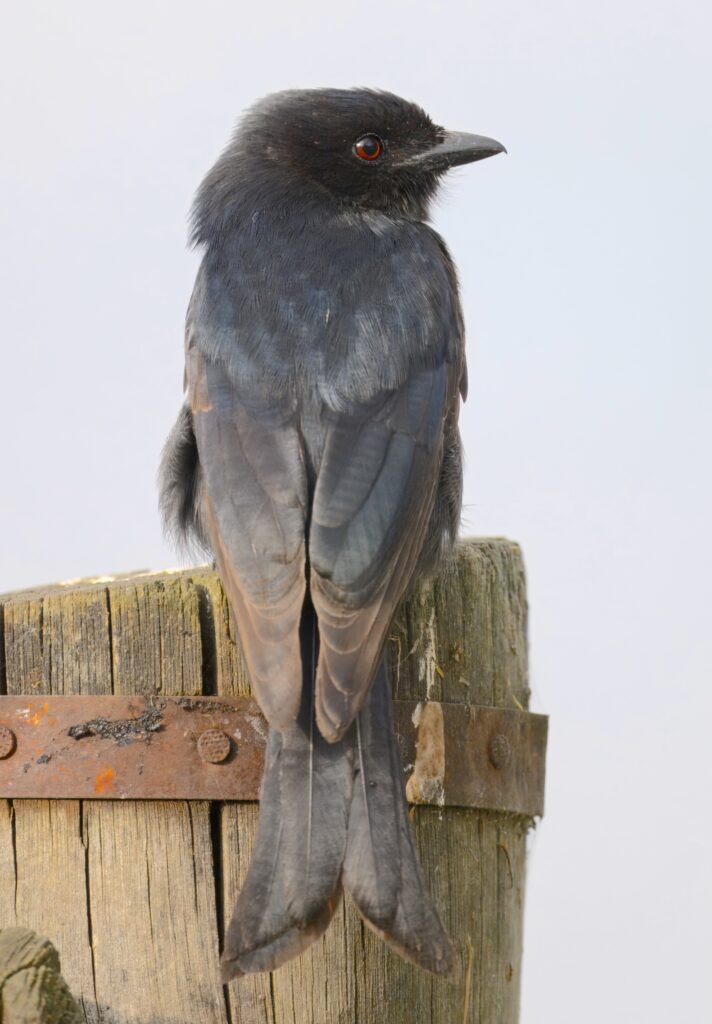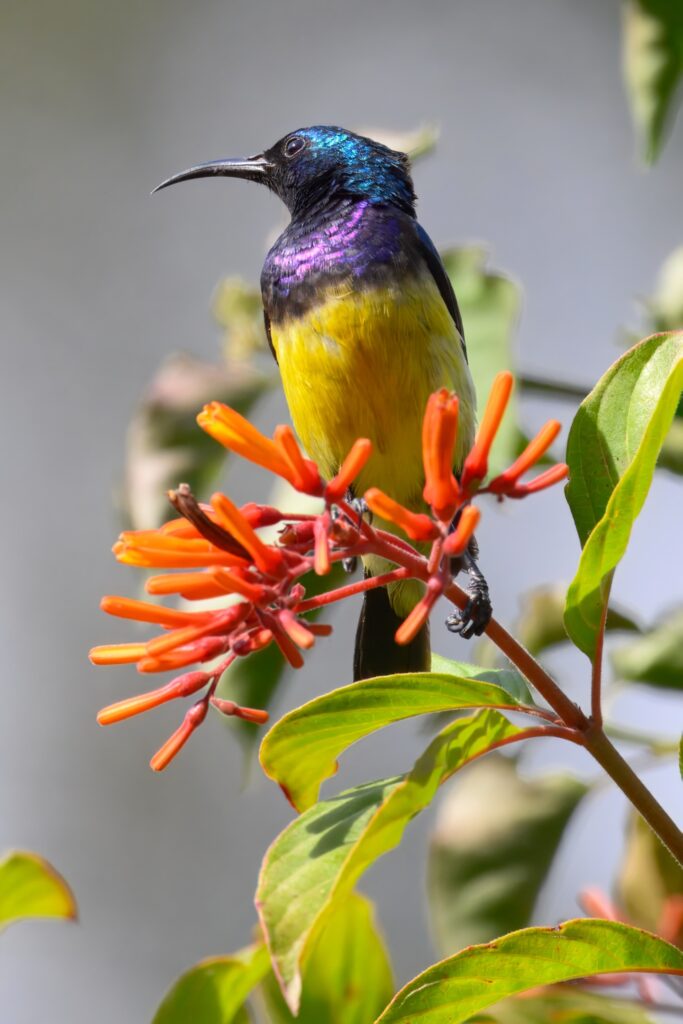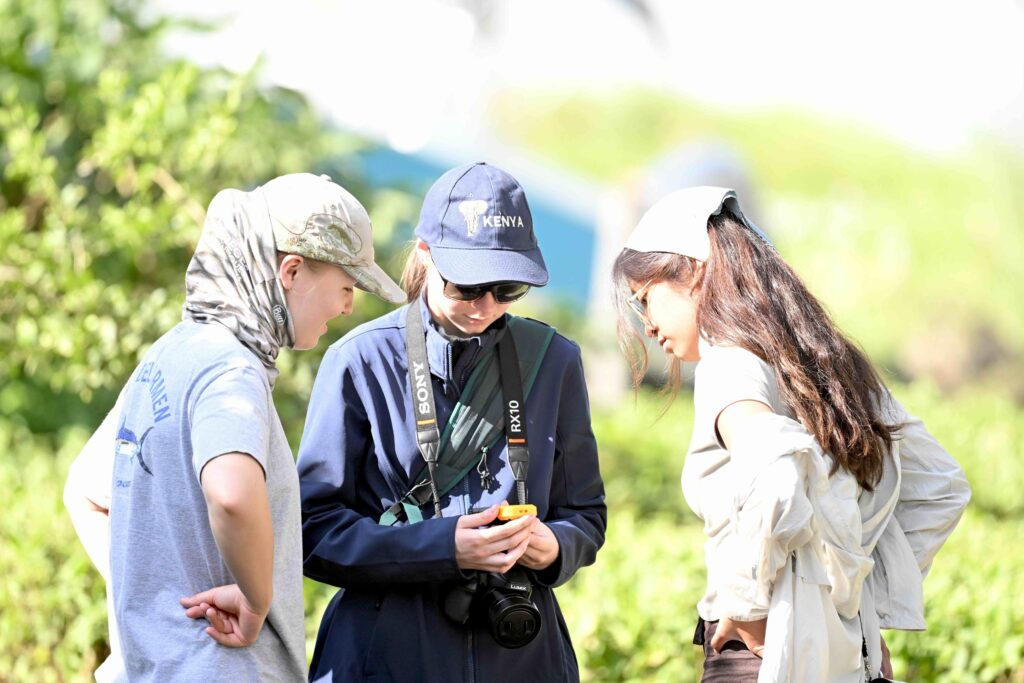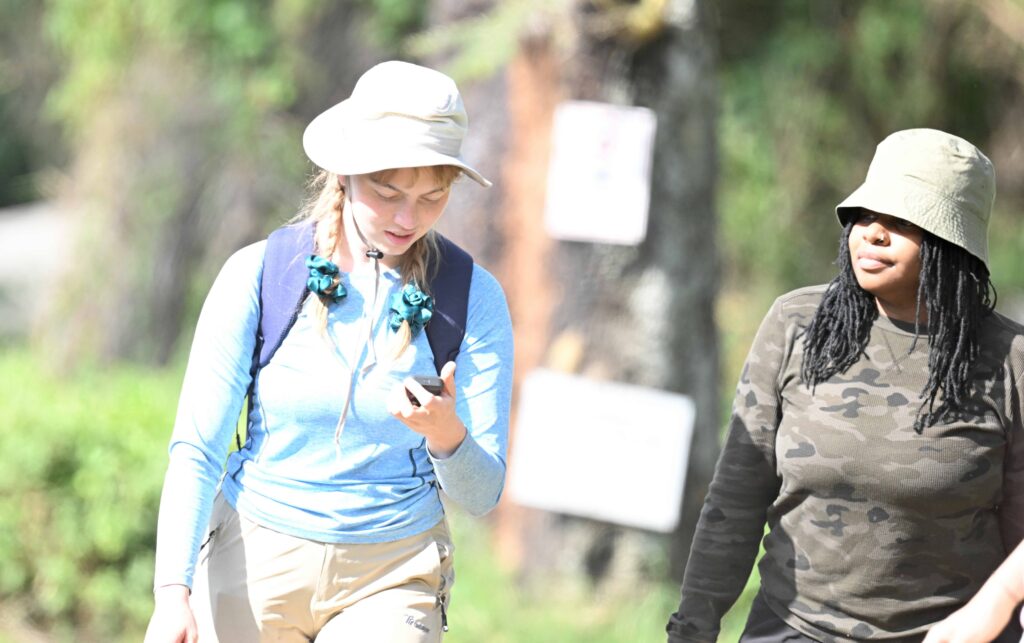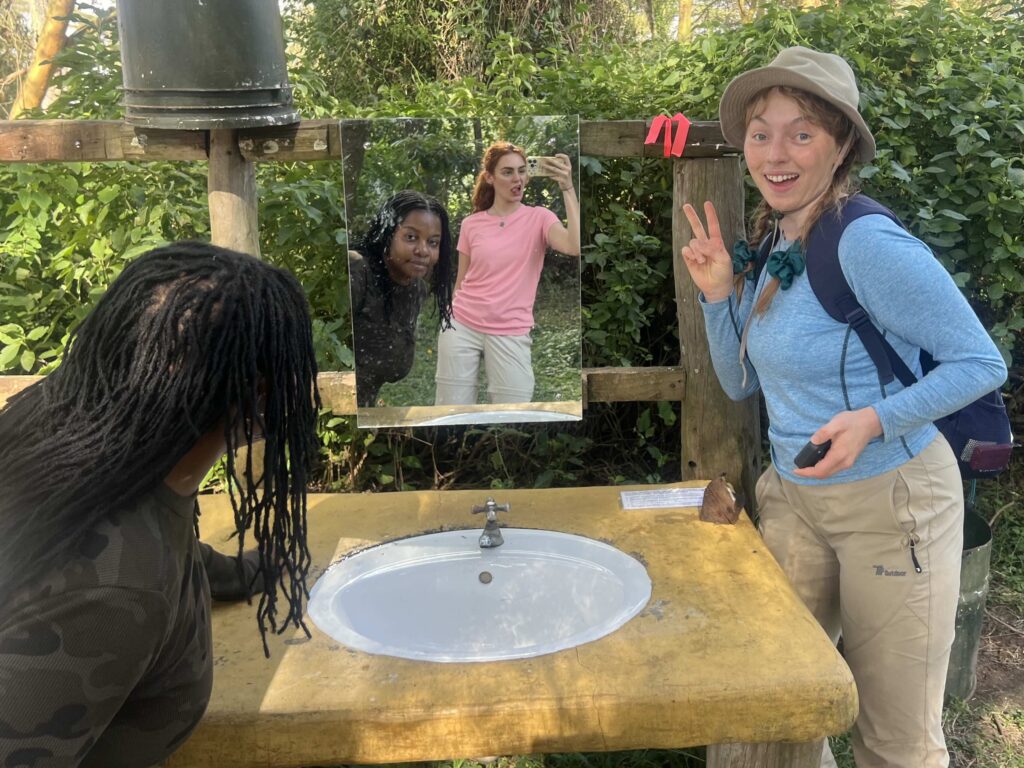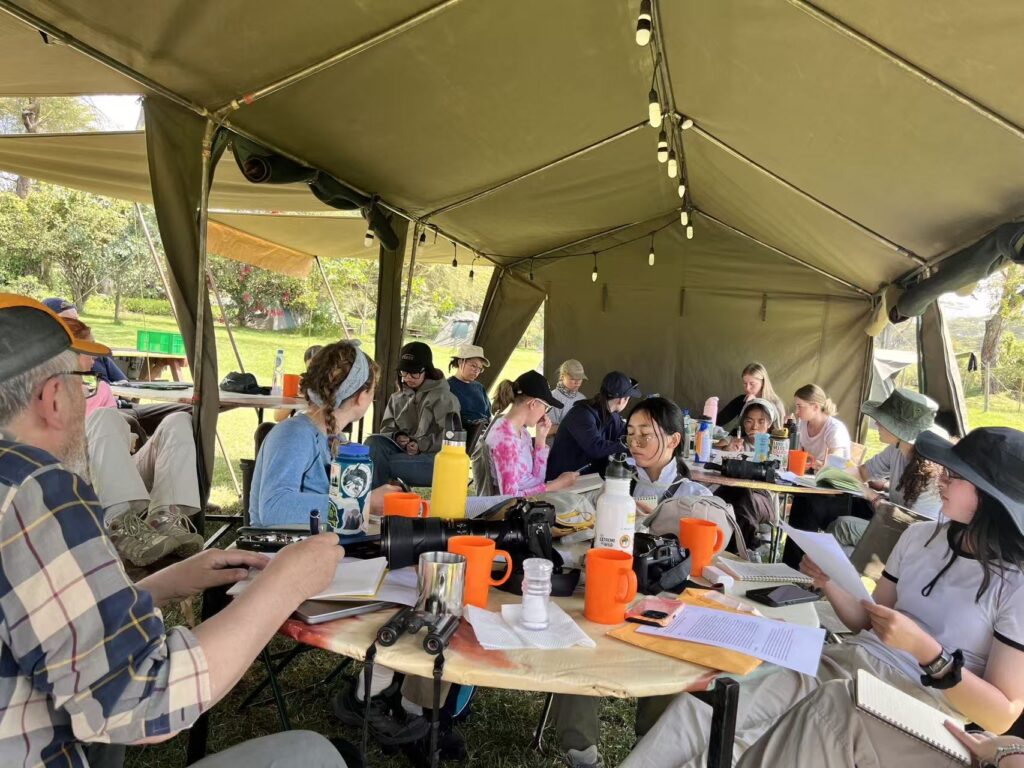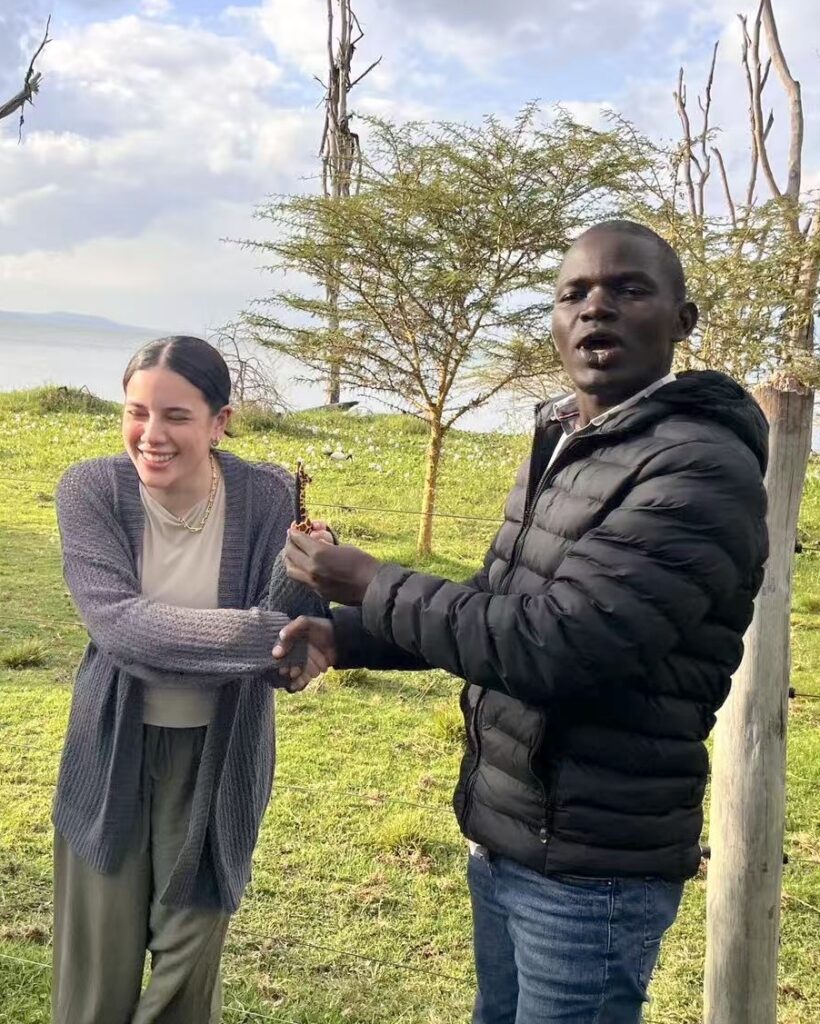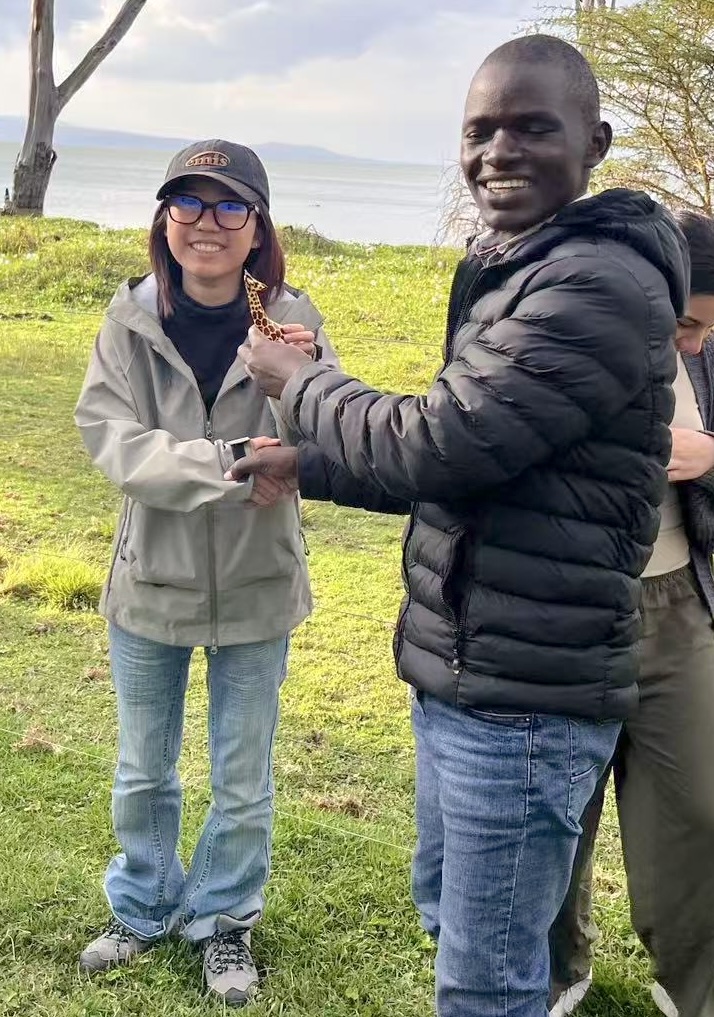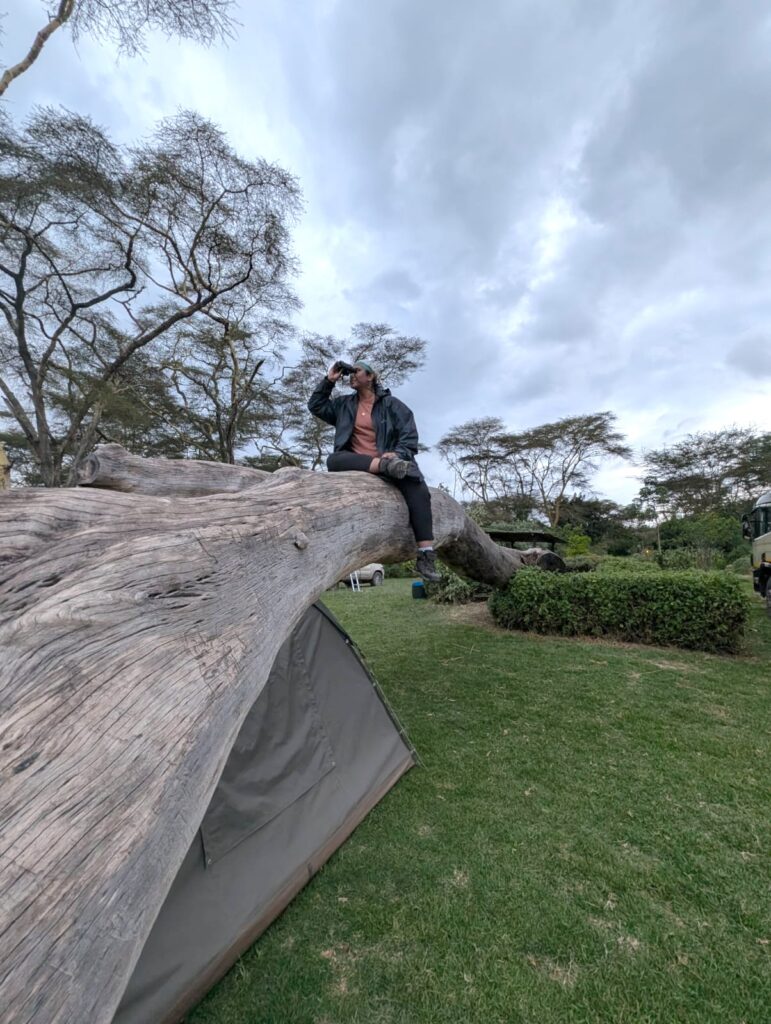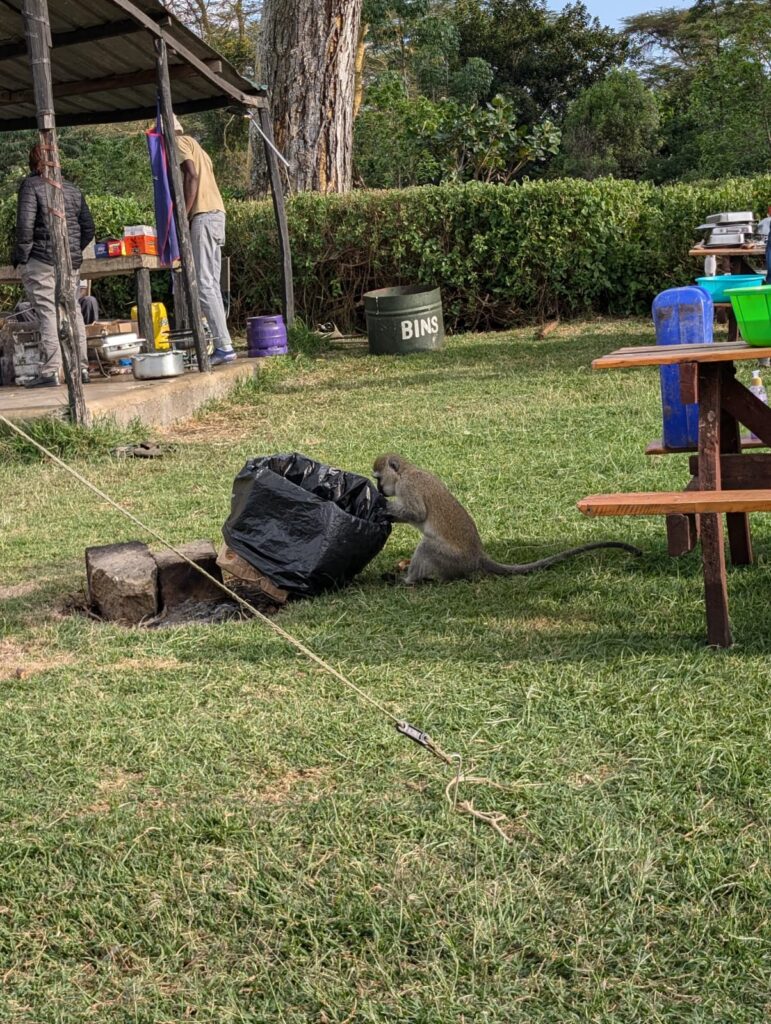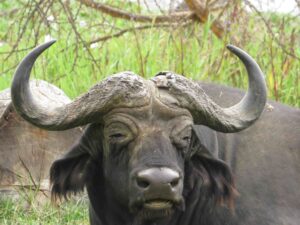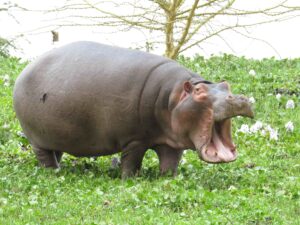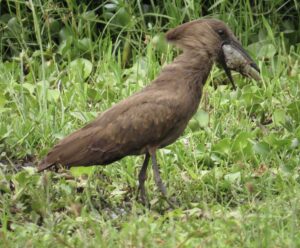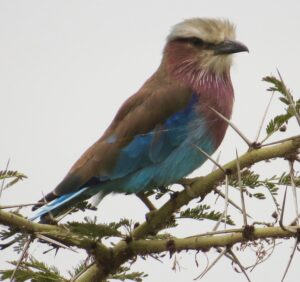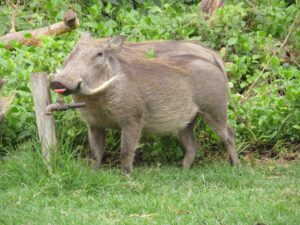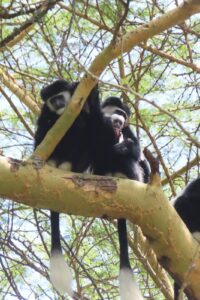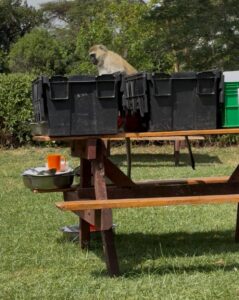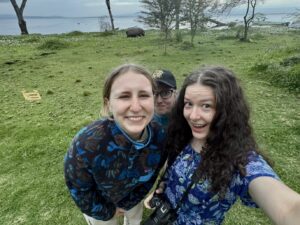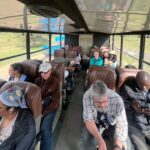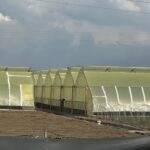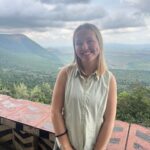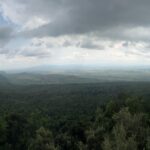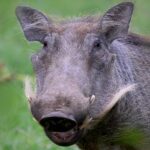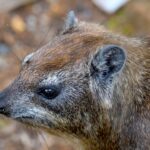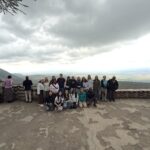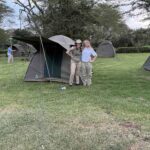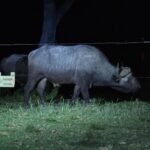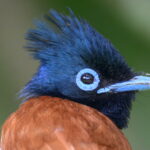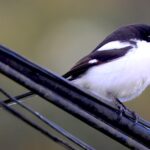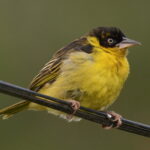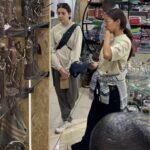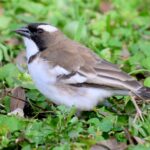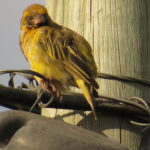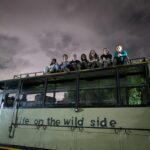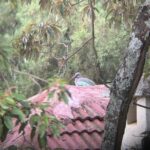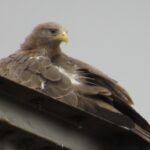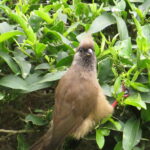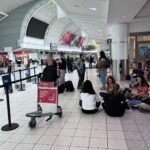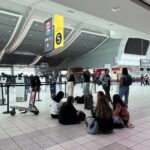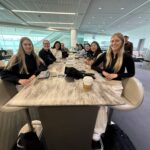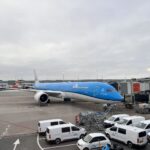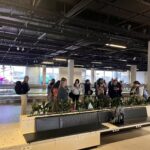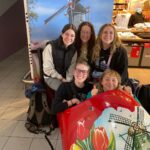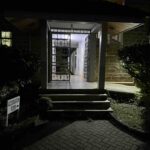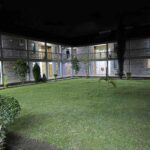Group D. Shamini, Emily & Hannah
We started off the day with a surprise attack at the breakfast table. Yiling bravely encountered a caterpillar found here at Lake Naivasha. This was an ironic start to our lecture on species-species interactions as it was a prime example of a negative-negative interaction. Negative for Yiling as she was stung by the caterpillar (the urticating hairs covering its body as a defence) who was negatively affected by Yiling trying to bat it away.
After our morning lecture we participated in an activity that inspired us to think about the “why” of the conservation of biodiversity and move beyond simple lists of species to considering ecosystem function and biotic interactions. During the activity we were to list all the species-species interactions we could see around the campsite and think about what type of interactions these were. These observations allowed us to see firsthand the ecological stage on which all these species play a pivotal role. We learned that redundancy of ecological functions may play a crucial role the resiliency of every ecosystem.
Following that activity we were inspired by the presentations of our peers. Of the handful of excellent presentations today (Selena on seasonal and elevational changes of plant-pollinators; Hannah on impacts of land use and climate changes on tropical and Mediterranean biodiversity ), a highlight was Kirstie’s discussion on the cascading consequences of acacia ants which protect the acacia homes from herbivory. Invasive big-headed ants have displaced them, meaning the acacias are no long protected and experience higher herbivory. This, in turn, makes the habitat more open for predators like lions. The accentuates the idea of seemingly small changes in ecosystems having major outcomes one an apex predator like the lion.
In the afternoon we completed a geocaching activity set up by Professor Wang and Cletus. We were given 10 coordinates to locate using the GPS units to find questions regarding Kenyan facts and history. We raced through this task to try to be the first to successfully locate all the points and answer all the questions but succumbed to Holden, Jana, and Susie, who were each rewarded with a carved giraffe from the Great Rift Valley.
Honourable mention: Dani vs vervet (vervet won)
- fork-tailed drongo
- variable sunbird male
- Dani Amanda Kirstie geocaching
- Serena Akilah geocaching
- Look for species interactions
- Emily writing down an observation of a species-species interaction
- insect-flower interaction
- Ella presenting her topic on “Earth history events shaped the evolution of unseen biodiversity across tropical moist forests”.
- Team Hippopotomonstrosesquippedaliophobia on the hunt!
- Akilah, Miranda, Serena
- Class presentation – reviewing the peer-reviweed literature
- Cletus presenting the ‘giraffe award to Jana for geocaching
- Cletus presenting the ‘giraffe award to Kirstie for geocaching
- Shamini viewing hippose from a safe vantage
- Foraging vervet monkey
